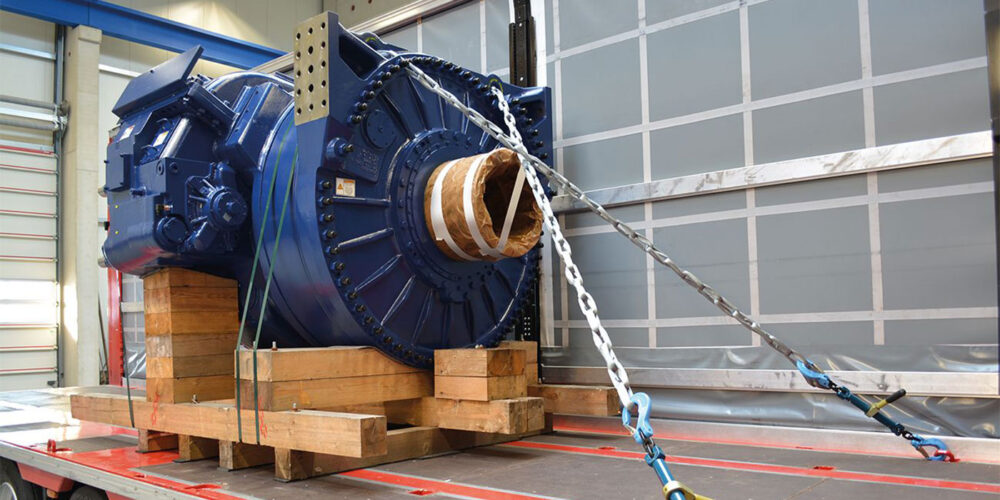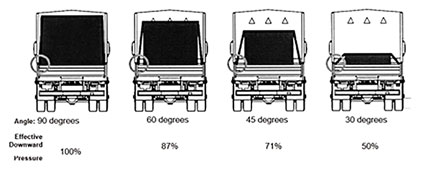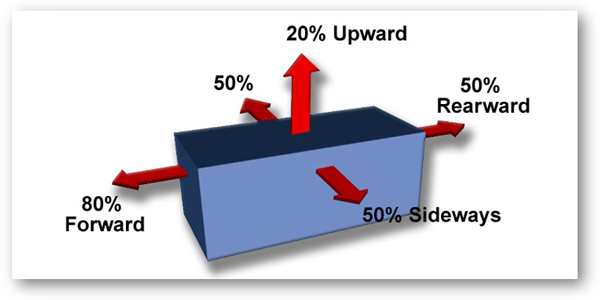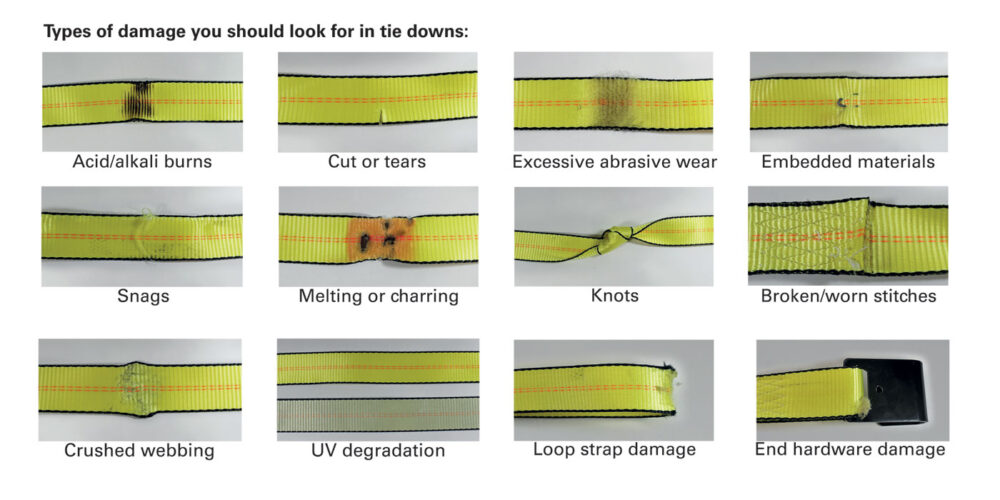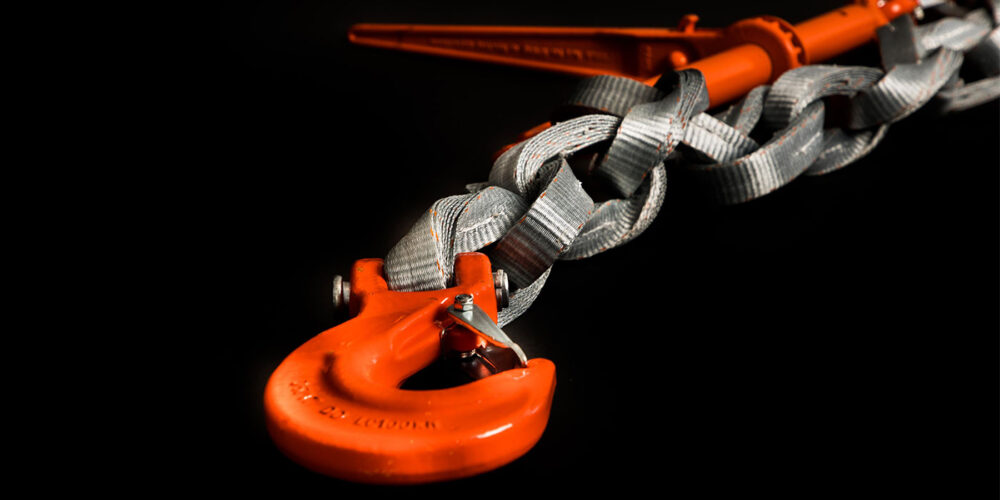Securing cargo, particularly heavy cargo on open-deck, hydraulic, spread axle, tank hauler, lowbed, flatbed, gooseneck and ultra-heavy capacity trailers can be far more challenging than that contained within a truck or trailer. Here, federal regulations are much more clearly delineated and vehicle operators and others responsible for securing a payload, must become intimately familiar with them and then how they apply to each vehicle’s individual cargo.
In North America, the official regulations are governed by two key entities. In the United States, the Federal Motor Carrier Safety Administration (FMCSA) establishes the regulations. In Canada, the regulations are set forth by the National Safety Code Standard 10–Cargo Securement (NSC 10).
The FMCSA is an agency in the United States Department of Transportation (USDOT) that regulates the American trucking industry as a whole. The agency provides information regarding safety as required by the Federal Motor Carrier Safety Regulations Parts 392 and 393. The Drivers-Handbook on Cargo-Securement by the FMCSA also classifies different commodities and stipulates the standards for proper securement of these specific load types. These are:
- Logs;
- Dressed lumber and similar building products;
- Metal coils;
- Paper rolls;
- Concrete pipe-loaded crosswise on a platform-vehicle;
- Intermodal containers;
- Automobiles, vans and light trucks;
- Heavy vehicles, as well as equipment and machinery;
- Flattened or crushed vehicles;
- Roll-on/ roll-off * hook-lift containers; and
- Large boulders
Canada’s NSC 10 lumps No. 7, 8 and 9 into a “Vehicles” category.
FMCSA regulations are informed by standards published by The Web Sling and Tie Down Association (WSTDA), regarding the recommended standard specifications for load securement devices, including synthetic web tie downs, winches used with web tie downs and load binders used with chain tie downs. The WSTDA standards detail definitions, construction, testing procedures, and operating practices for tie downs, winches, and load binders. The National Association of Chain Manufacturers (NACM) writes the standards for steel chain used for load securement.
Once on the move, physical forces begin to act upon cargo in very dynamic ways. The surface conditions and the mechanical action and movement of the trailer begins to be transferred to its cargo. To keep cargo stable and in its proper position, one must comprehend the basic forces that will be exerted and how they can cause a payload to shift, tip, slide and otherwise become unstable.
The gravitational force equivalent, most commonly referred to as “g-force,” is the most important part of the equation and it is represented as simply “g.” One g is basically equal to something’s weight here on earth and first knowing the weight of one’s cargo is necessary to understand performance criteria for the breaking strength and related working load limit (WLL) of tie down assemblies (including chains, wire rope, steel strapping, synthetic webbing and cordage) and other attachments or fastening devices used to secure articles of cargo. All such devices are manufactured to include clearly marked information on WLL and these must remain legible for a tie down assemblies to remain in service.
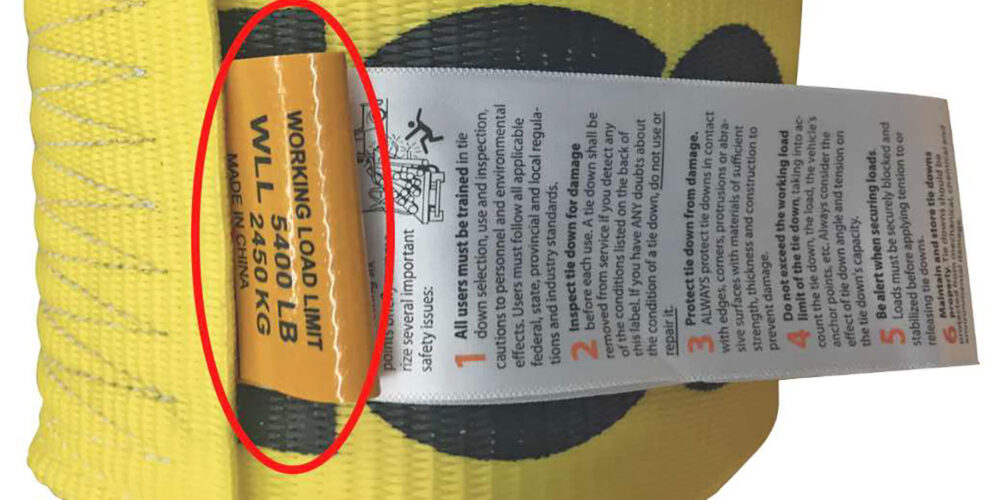
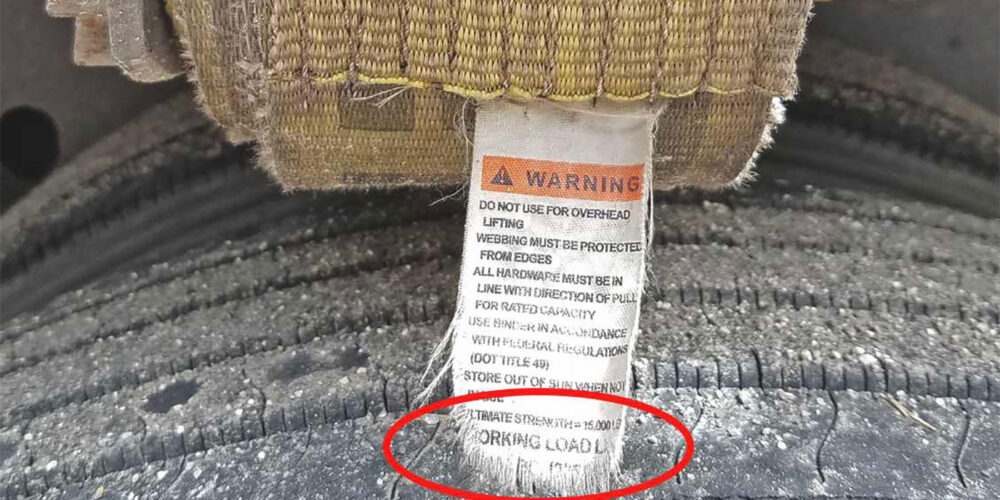
According to FMCSA regulations for performance criteria, cargo securement devices and systems must be capable of withstanding the following three forces, applied separately:
• 0.8 g (or 80%of the weight of the cargo) deceleration in the forward direction;
• 0.5 g (or 50% of the weight of the cargo) acceleration in the rearward direction; and
• 0.5 g (or 50% of the weight of the cargo) acceleration in a lateral direction.
Securement systems must provide a downward force equivalent to at least 20% of the weight of the article of cargo if the article is not fully contained within the structure of a vehicle.
WSTDA has established the design factor of tie down straps as 3:1 or a WLL of 1/3 of the tie down strap’s breaking strength. For chains the design factor is 4:1 or a WLL of 1/4 of the chain’s breaking strength.
The combined ratings of all the straps or chains must equal at least one-half the load’s total weight. If the load is 80,000 pounds, the aggregate WLL of all the tie-downs together must equal at least 40,000 pounds.
Along with FMCSA guideline, one should ensure that these four critical conditions are met:
1. The cargo should be fully contained and supported by the flatbed structure and should be restrained from any horizontal or vertical movement,
2. The cargo should be fully restrained from shifting or tipping over by the trucks structure and blocking implements of adequate strength, and
3. The cargo should be completely immobilized by appropriately applied tie-downs so it can withstand the required g-forces in all directions.
4. Consideration should be given to the angle from the horizontal tie down to its anchor point on the trailer, as this affects the downward pressure. The lower the angle, the less pressure and friction against the load. This may result in the need for additional tie downs.
Often overlooked, the angle of a tie down assembly can significantly decrease the amount of downward pressure exerted on a load, reducing friction between tiers of stacked cargo, and ultimately, against the deck. As an example, at a 30-degree angle, a tie down may only be able to exert 50 percent of its effective downward pressure, which under certain circumstances may allow some cargo, including sheeted materials to slide or become unstable.
Unfortunately, the noted angle factors assume equal tension on all parts of the tie down assembly, but in reality, tie down tension varies from side-to-side due to friction on the cargo. So, the effective downward pressure impact on actual load securement is compounded.
In all cases, chains and straps face limits on cuts, breaks and other defects as defined in a Defect Classification Table in the CVSA guidelines. Inspectors use the Out of Service Guideline when examining a vehicle’s cargo securement. It’s wise to make chain and strap inspection a part of any cargo securement application process.
The securement system or systems one chooses should depend exclusively on the unique characteristics of the load. Begin by considering several key factors. Is the cargo configured as one piece or as constituent pieces? Will it be prone to sliding? Does it have sharp corners that could cut through webbing? Does it have engineered anchor points that allow for “direct” securement attaching to the article or nothing to attach to, requiring “indirect” securement that passes through, over or around the article? The cargo itself must also be strong enough to withstand the pressure of securement without becoming damaged.

Fortunately, in addition to traditional cargo securement and fastening devices like binders, winches and hooks, there are a variety of tools that can be employed to enhance cargo securement efficiency and effectiveness. Wood or rubber chocks can be added to aid stability. Corner protectors can be used to blunt sharp edges that could otherwise cut webbing and also help to distribute downward force, and avoid edge-crushing damage to soft cargo like foam insulation or asphalt shingles.
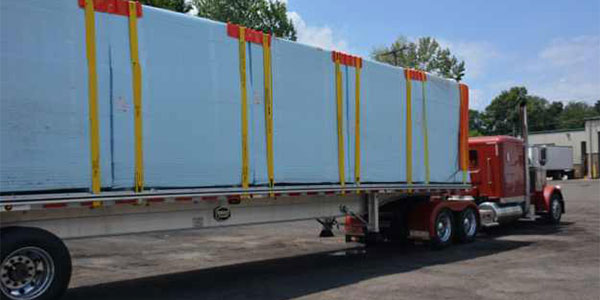
Textile chains, like the Doleco DoNova PowerLift Chain Slings and PowerLash Textile Lashing Chain and Tie Down System are about 85 percent lighter than equivalent strength steel chain and won’t scratch finished cargo surfaces.
The application of netting can unitize otherwise unstable cargo, and anti-slip mats can prevent cargo from sliding.
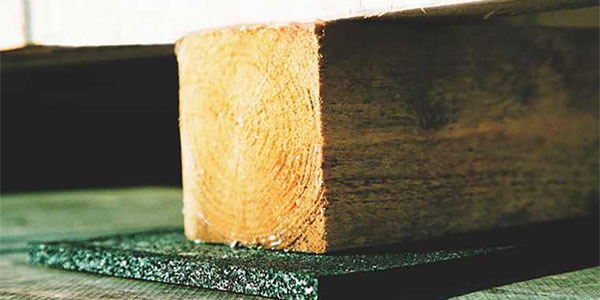
Luck is neither good nor bad–it’s made
I’d wish you luck during International Roadcheck 2023, but honestly, your fate during those 72 hours is pretty much in your own hands. Proper load securement requires careful planning and an accurate assessment of the vehicle, the appropriate tie-down for the specific load and finally, the load itself.
I’d like everyone reading this article to consider something the next time you are on the highway with your own family: Ask yourself, do you want to be behind or beside a trailer with an improperly secured load? So, if you’re in charge of securing cargo that’s going to travel on today’s highways, please take into consideration everyone’s safety.
This year’s Roadcheck event reminds us all how dangerous the job of moving cargo can be if done improperly. It also underscores how important the job of moving that cargo is to our economy and how the public at large counts on us daily to get it right. Be safe out there and by all means be secure.
Want more cargo-securement tips? Click here.
Ralph Abato is the president and managing director of Doleco USA.

